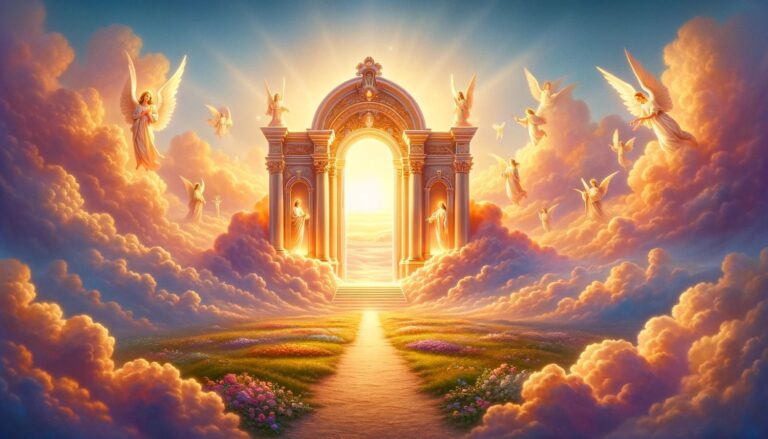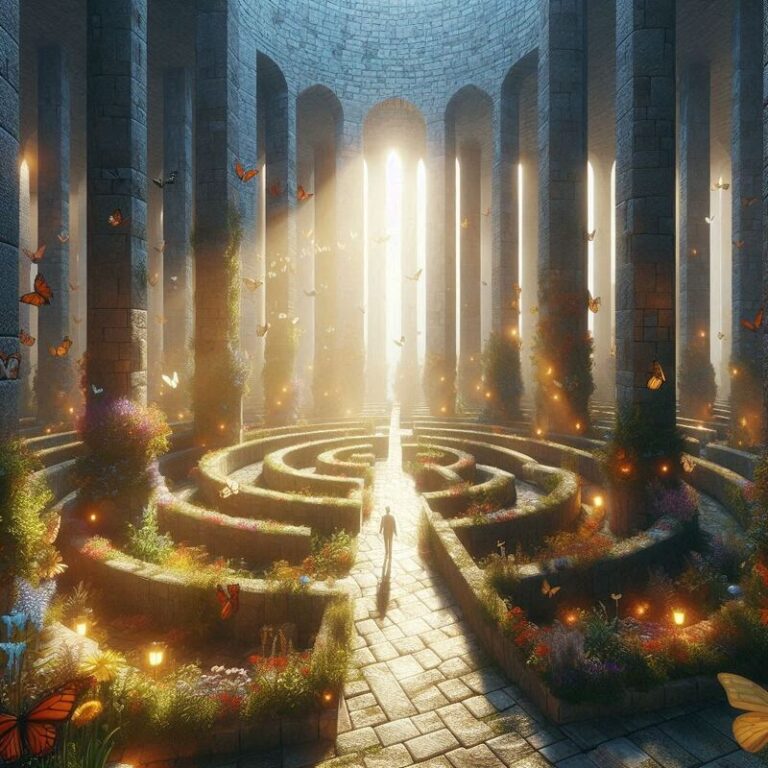Heaven and Hell
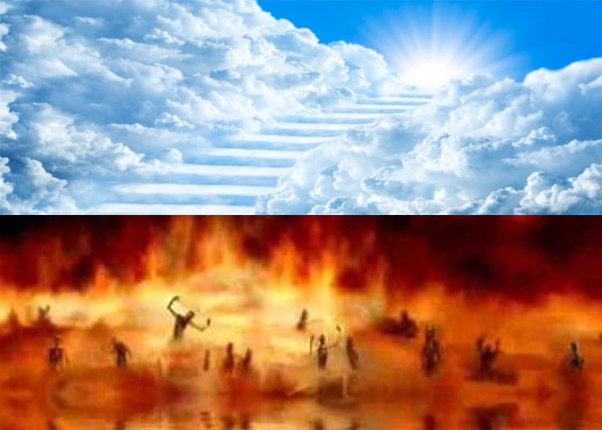
Heaven and Hell
Heaven and Hell: Powerful Myths of the Afterlife’s Dual Realms
Introduction
The concepts of Heaven and Hell have long fascinated and influenced human thought, shaping our understanding of morality, justice, and the afterlife. These dual realms represent the ultimate destinations for souls, often symbolizing reward and punishment for one’s earthly deeds. Across cultures and religions, the myths and stories surrounding Heaven and Hell vary widely, yet they all serve to reflect deep-seated human values, fears, and hopes. This article explores the powerful myths of Heaven and Hell, delving into their origins, interpretations, and significance in different traditions.
The Origins and Evolution of Heaven and Hell

Ancient Civilizations and Early Concepts
The earliest notions of Heaven and Hell can be traced back to ancient civilizations. In Mesopotamian mythology, the afterlife was a bleak and shadowy realm called the Netherworld, where all souls went regardless of their deeds. However, the ideas of reward and punishment began to emerge more distinctly in ancient Egypt. The Egyptians believed in an afterlife where the virtuous enjoyed eternal peace in the Field of Reeds, while the wicked faced annihilation in the Duat, the underworld.
In ancient Greek mythology, the concepts of Elysium and Tartarus began to take shape. Elysium was a paradise for heroes and the righteous, while Tartarus was a deep abyss where the wicked suffered eternal torment. These ideas significantly influenced later Western conceptions of Heaven and Hell.
Religious Texts and Canonical Descriptions
The dual realms of Heaven and Hell are prominently featured in the religious texts of the Abrahamic faiths: Judaism, Christianity, and Islam.
Judaism: The Hebrew Bible contains early notions of Sheol, a shadowy place where all the dead reside. However, later Jewish writings, such as those in the apocalyptic literature, introduce the ideas of Gehenna (a place of punishment) and Gan Eden (the Garden of Eden, a paradisiacal place for the righteous).
Christianity: The New Testament elaborates on the concepts of Heaven and Hell more explicitly. Heaven is depicted as the eternal dwelling place of God and the blessed, while Hell (often referred to as Gehenna) is a place of unending fire and suffering for the damned. The Book of Revelation provides vivid imagery of the final judgment, where the righteous are rewarded with eternal life in Heaven, and the wicked are cast into the Lake of Fire.
Islam: The Quran offers detailed descriptions of Jannah (Heaven) and Jahannam (Hell). Jannah is a lush, verdant paradise where the faithful enjoy eternal bliss, while Jahannam is a fiery abyss where sinners face severe punishment. The Quran emphasizes the moral and ethical conduct required to attain Jannah and avoid Jahannam.
Interpretations and Symbolism
Heaven: The Realm of Eternal Bliss
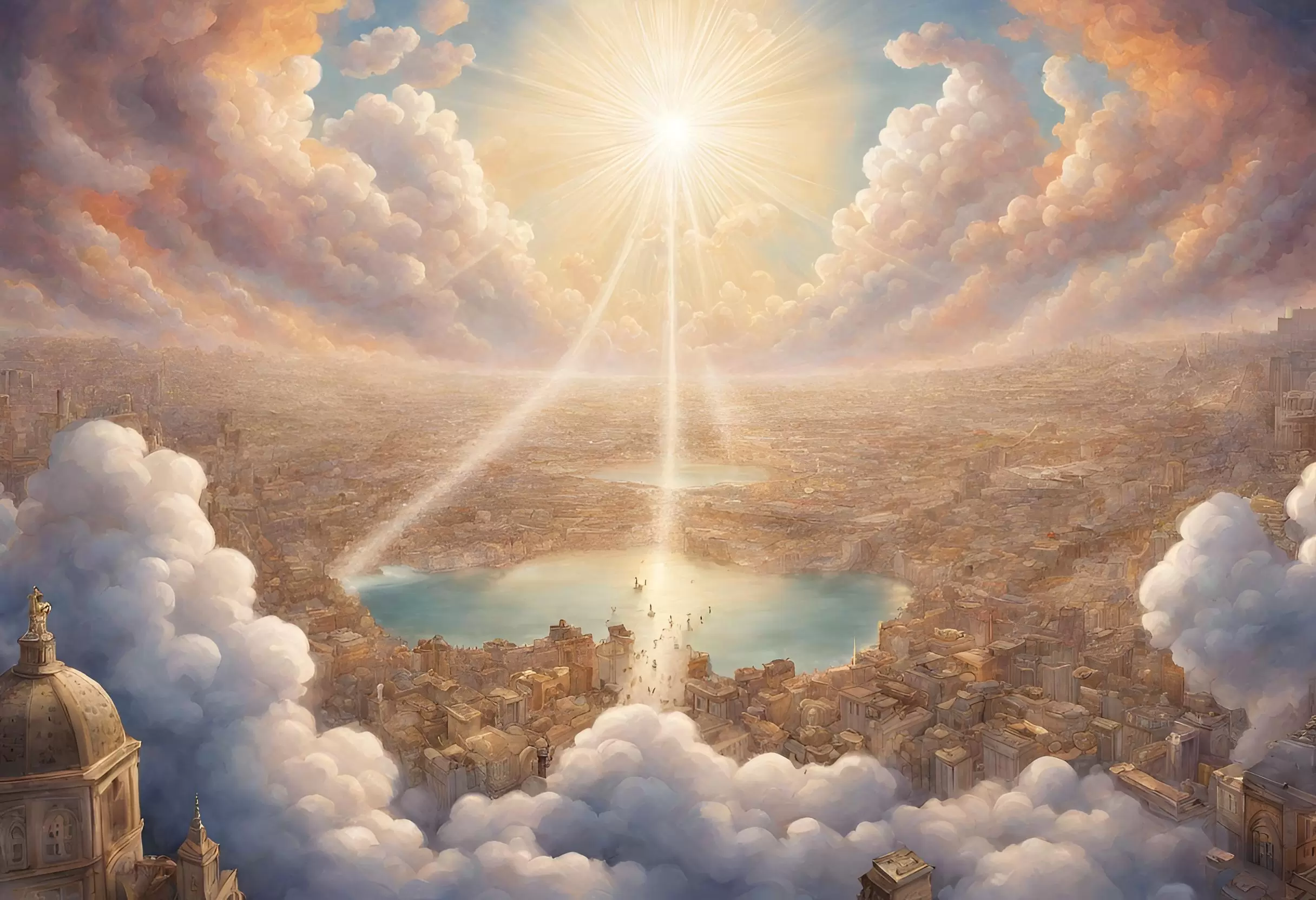
Heaven, across various traditions, is often portrayed as a place of perfect happiness, peace, and communion with the divine. It symbolizes the ultimate reward for a life well-lived, embodying ideals of justice, mercy, and divine love.
Christianity: In Christian theology, Heaven is the presence of God, where believers experience eternal joy and fellowship with the Creator. It is depicted as a place with streets of gold, gates of pearl, and an absence of sorrow, pain, and death. The Beatific Vision, the direct encounter and sight of God, is considered the highest form of happiness in Heaven.
Islam: In Islamic tradition, Jannah is described in great detail, with gardens of perpetual bliss, flowing rivers, and luxurious comforts. It is a place where the faithful enjoy physical and spiritual pleasures, including the company of loved ones and the ultimate reward of seeing Allah.
Hinduism and Buddhism: Although not traditionally categorized as “Heaven,” Hinduism’s Swarga and Buddhism’s various celestial realms serve similar purposes. These are places of great beauty and joy, where souls reap the rewards of their good karma before continuing their cycle of rebirth or attaining liberation (moksha or nirvana).
Hell: The Realm of Eternal Torment
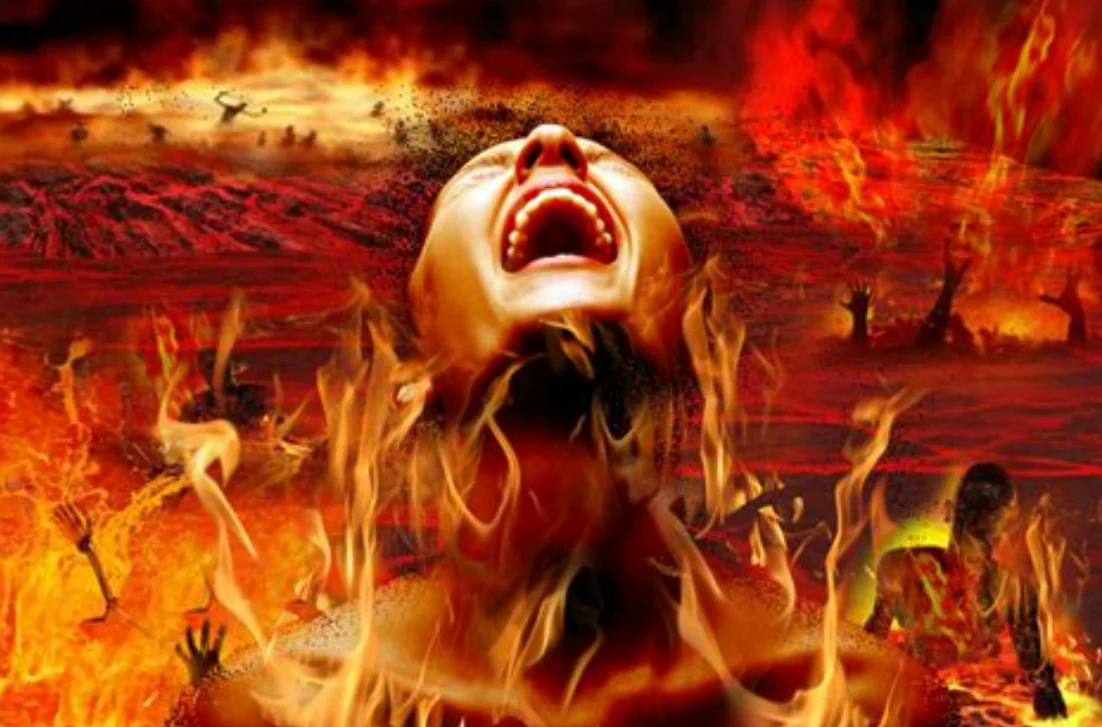
Hell is universally depicted as a place of punishment, suffering, and separation from the divine. It serves as a stark warning against immoral behavior and a reflection of the consequences of one’s actions.
Christianity: Hell is often portrayed as a place of unquenchable fire, eternal darkness, and weeping and gnashing of teeth. It is the final destination for those who reject God’s grace and live in persistent sin. The imagery of Hell, including the Devil and his demons, underscores the themes of divine justice and retribution.
Islam: Jahannam is vividly described in the Quran, with numerous levels of torment tailored to the sins of its inhabitants. It is a place of scorching flames, boiling water, and unbearable pain. The emphasis on the horrors of Jahannam serves to encourage adherence to Islamic teachings and ethical conduct.
Hinduism and Buddhism: The concept of Naraka in Hinduism and Buddhism represents a temporary hellish realm where souls experience suffering proportional to their bad karma. Unlike the eternal Hell of Abrahamic religions, these realms serve as purgatorial states from which souls can eventually be reborn into a new life.
Cultural Impact and Modern Interpretations
The myths of Heaven and Hell have profoundly influenced literature, art, and culture throughout history. Dante Alighieri’s “Divine Comedy” offers a comprehensive and imaginative depiction of Hell (Inferno), Purgatory (Purgatorio), and Heaven (Paradiso), shaping Western perceptions of the afterlife for centuries.
In art, Hell has been a frequent subject, depicted in the harrowing scenes of Hieronymus Bosch and the detailed frescoes of Michelangelo in the Sistine Chapel. These visual representations serve to illustrate the moral lessons and existential questions posed by the afterlife.
In contemporary times, the concepts of Heaven and Hell continue to evolve. While traditional views remain influential, many people today interpret these realms metaphorically rather than literally. Heaven and Hell can be seen as states of mind or existential conditions reflecting one’s inner peace or turmoil.
Conclusion
The powerful myths of Heaven and Hell provide a profound framework for understanding human morality, justice, and the afterlife. These dual realms, with their vivid imagery and ethical imperatives, offer both hope and caution, guiding individuals in their spiritual and moral journeys.
Across cultures and religions, the stories of Heaven and Hell reveal a universal human quest to comprehend the mysteries of existence, the nature of good and evil, and the ultimate fate of the soul. Whether viewed as literal places or symbolic representations, the enduring appeal of these myths lies in their ability to inspire, challenge, and illuminate the human experience.
